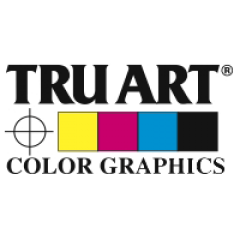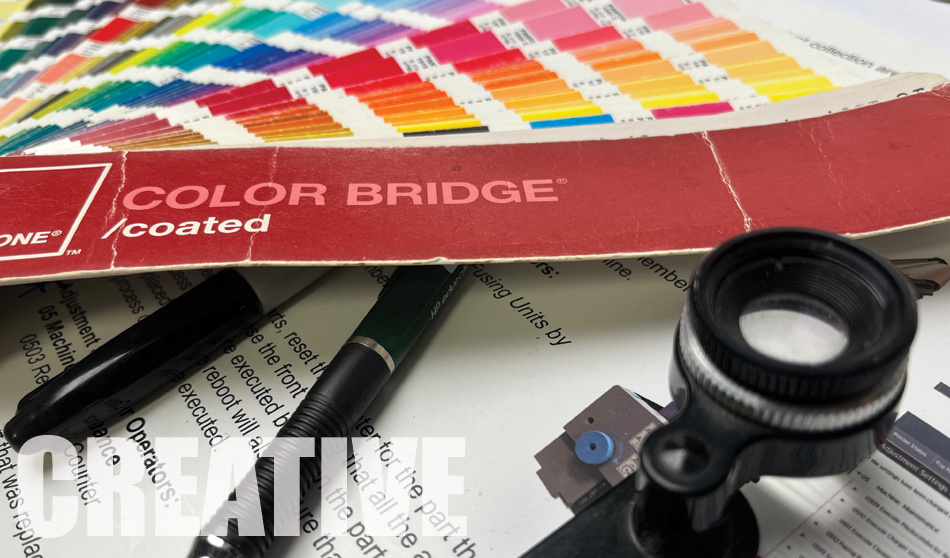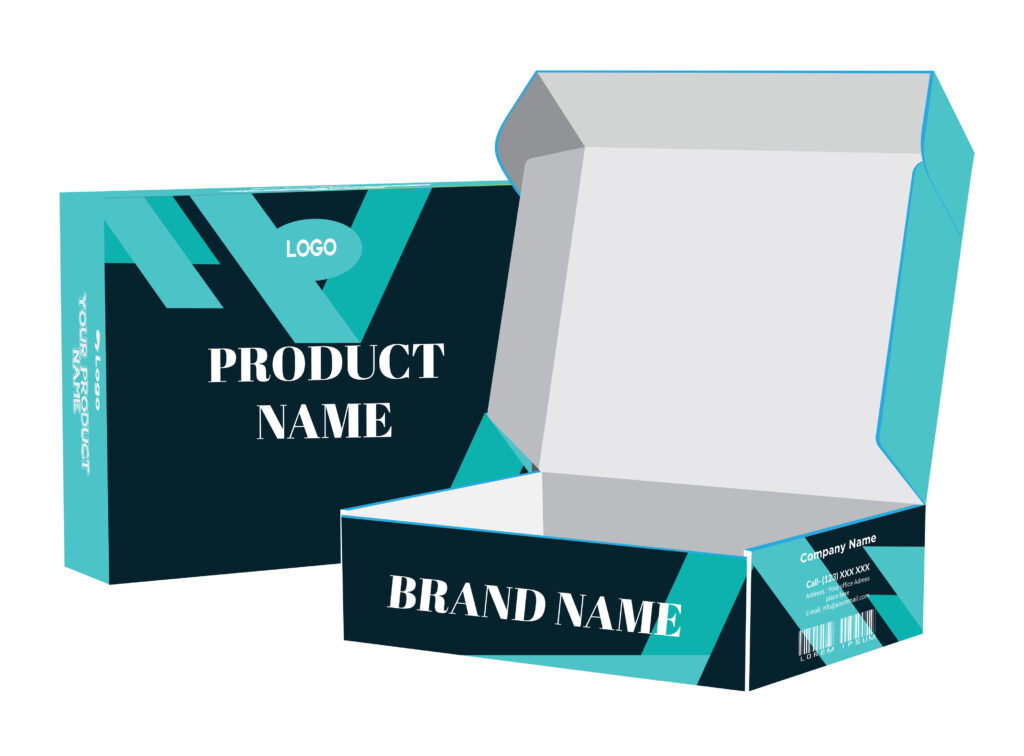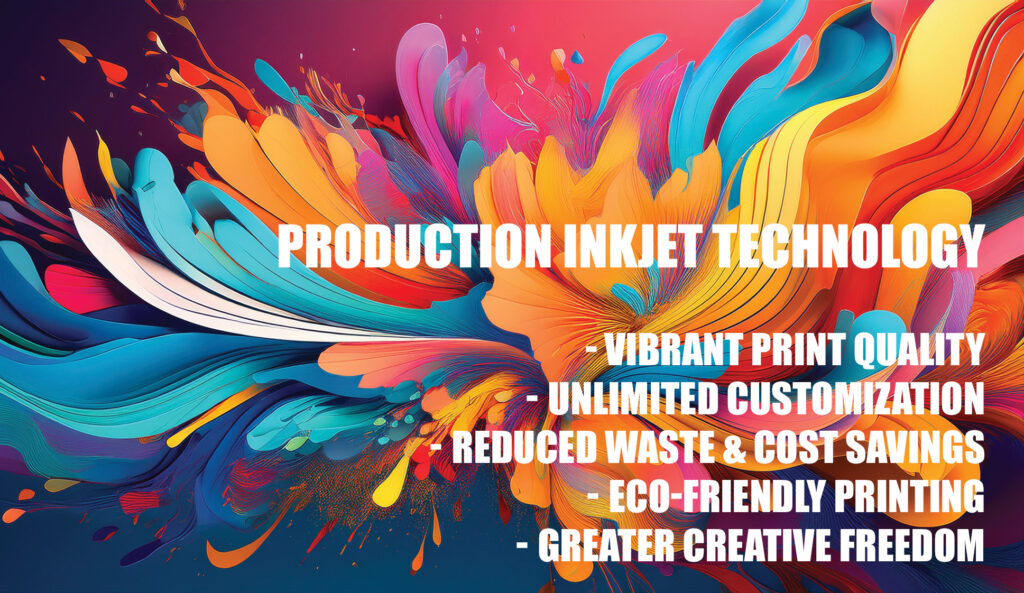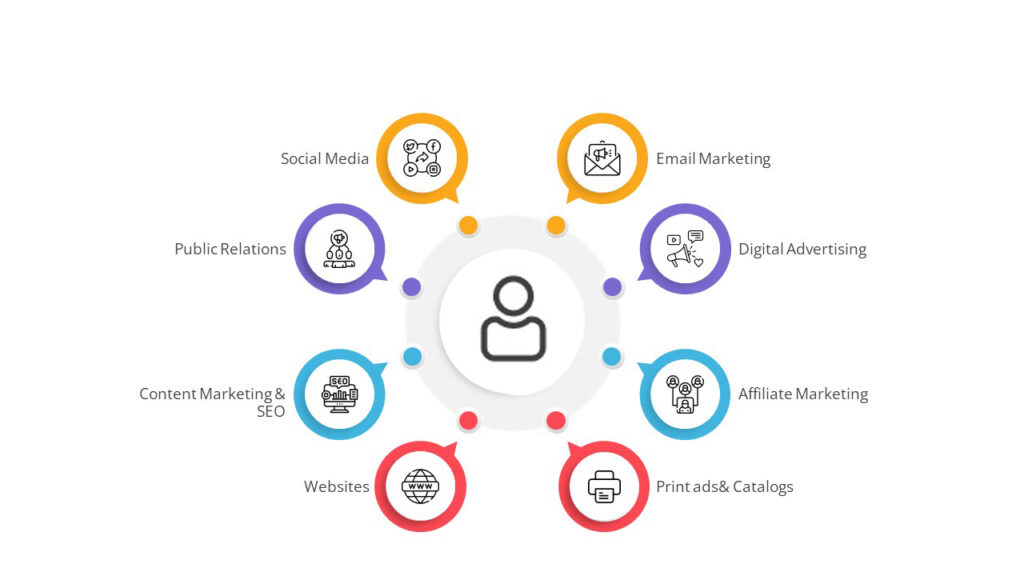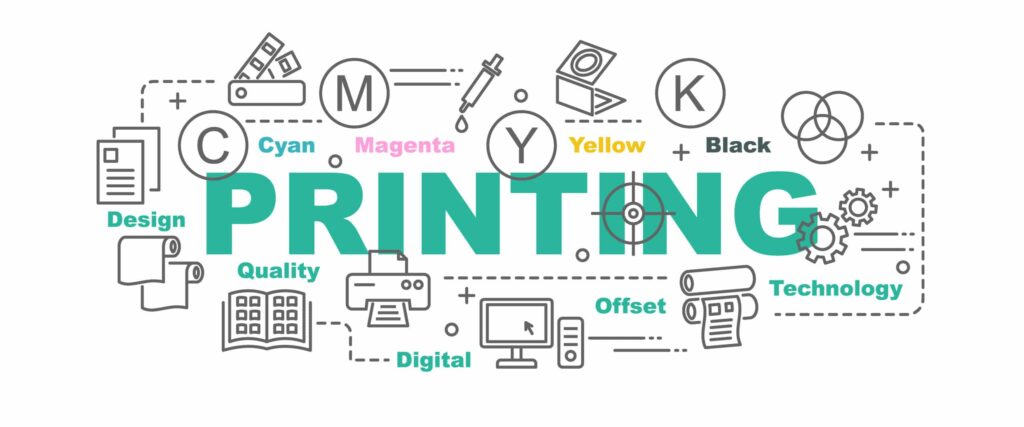
How strategic preparation saves time, money, and brand integrity.
In commercial printing, success doesn’t start with ink; it starts with insight. Too often, businesses view printing as a last step rather than a strategic process. When that happens, the real cost isn’t just measured in dollars; it’s found in missed deadlines, reprints, waste, and lost opportunities.
At Tru Art Color Graphics, we believe print success is built on collaboration, curiosity, and preparation. When our clients invite us into the process early, we can help them see around corners by identifying challenges before they become expensive problems and ensuring every project performs as beautifully as it looks.
What Are the Real Costs of Poor Print Planning?
1. Lost Time and Missed Opportunities
When print planning starts too late, every step becomes reactionary. Tight turnarounds leave little room for review or adjustment, forcing decisions that can compromise quality. And when materials arrive after a launch or event, that delay doesn’t just waste time; it dulls momentum.
Ask yourself: Are we engaging our printer early enough to let their expertise improve the outcome?
Early collaboration transforms scheduling from a scramble into a strategy, ensuring precision and peace of mind.
2. Wasted Materials and Avoidable Reprints
A rushed file or missing details, such as incorrect bleeds or color profiles, can mean scrapping an entire print run. Each fix costs more in paper, ink, and energy, not to mention the environmental impact.
Ask yourself: Have our files been reviewed through a professional prepress process?
When clients allow us to review files upfront, we can prevent costly errors and optimize every element, saving both money and materials.
3. Hidden Financial Costs
Every “rush” comes with a price: expedited shipping, overtime labor, and premium material sourcing. These emergency expenses can quietly erode your budget.
Ask yourself: Are we investing in efficiency or paying for avoidable urgency?
By planning projects in advance, we can balance budgets, align production schedules, and protect your bottom line with foresight instead of fixes.
4. Brand Inconsistency and Quality Risk
A brand’s credibility is fragile. Inconsistent color or paper quality can make even the strongest identity feel diluted. Precision isn’t optional, it’s part of how your audience perceives professionalism.
Ask yourself: Does every printed piece reinforce our brand promise?
Our G7-certified process ensures visual harmony across every medium, so your brand remains as consistent as your message.
How to Plan Print Projects for Success
1. Start Early.
The best print outcomes begin long before production. Early engagement lets us contribute insights that elevate design, materials, and messaging. We don’t just look at specs, we consider your goals, your audience, and how the piece fits into your broader marketing efforts. Starting early gives space for creative problem-solving instead of last-minute crisis management.
2. Ask Questions.
Curiosity drives better outcomes. Ask about paper weight, finishes, or how a project might perform in different environments. A good printer welcomes those conversations and asks even more in return. Together, we can uncover opportunities you may not have seen and create a final product that performs beyond expectations.
3. Proof Thoroughly.
Proofing is the final checkpoint between your vision and the printed reality. Reviewing proofs, digital and physical, allows both teams to collaborate on color accuracy, layout, and detail. This step turns feedback into improvement and prevents waste before it ever happens.
4. Think Beyond Today.
The best print strategies are not one-and-done. They evolve. By approaching each project with a long-term mindset, you build continuity across your marketing efforts, ensuring today’s success sets the stage for tomorrow’s opportunities. When your materials are planned with future campaigns, reprints, or brand growth in mind, you gain agility and consistency that save time and money later.
5. Collaborate as Partners.
The most successful print projects happen when both sides are invested in the same goal. At Tru Art, we see every engagement as a collaboration, built on open communication, adaptability, and shared responsibility. By listening first, educating where needed, and staying flexible as plans evolve, we make each project stronger through partnership.
The Tru Art Difference: Planning with Purpose
Our process begins with discovery, understanding not just what you need printed, but why. We look at your audience, objectives, and long-term goals before ever talking about paper or press. This approach uncovers efficiencies, sparks innovation, and aligns every decision with your vision.
When you plan early, ask questions, and collaborate openly, print stops being a transaction and becomes a strategic advantage. It’s how Tru Art Color Graphics helps clients across industries save costs, strengthen brands, and achieve more with every impression.
The Bottom Line
Poor print planning doesn’t just cost money, it costs opportunity. Every reprint, every delay, every rushed decision chips away at your brand’s potential. But when you plan with foresight, collaboration, and purpose, you gain more than efficiency, you gain control, confidence, and results that last.
So, ask yourself: Are we reacting to print problems, or are we preventing them? Let Tru Art Color Graphics be your partner in smarter print planning. Together, we will turn every project into a well-crafted, well-timed success.
